I'm the Bag Lady
For the past two days (June 13th and 14th) my schedule has been the same. I wake up at 7am to leave camp at 8. We have been eating granola with dried cherries and I found the coffee press to make coffee! At 8:15 we call into KISS to tell them all is well and then we head out.
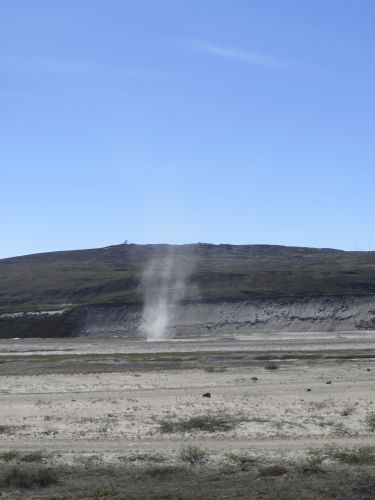
Since we found sites the previous day we were now ready to prepare the sites. For each site we do three treatments that are marked by colored string (don't forget we have 9 sites for each of the three flowers for a total of 27 sites). The three treatments are...
Bagging-no pollinators – is pollinating even making a difference?
Open pollination (control)
Supplement (add pollen) – if more pollinators visited the plant would the plant produce more fruit?
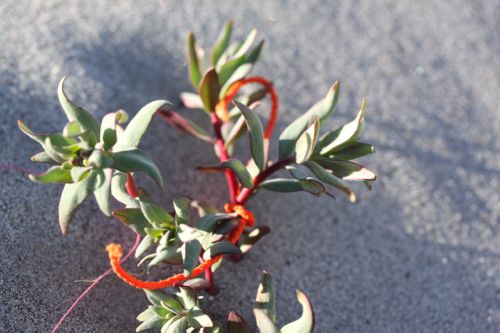
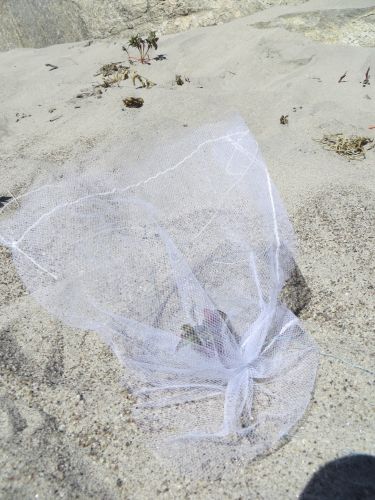
Once we got to our sites we would randomly choose plants by using random number tables. This reduces bias of the person and allows the flower to be chosen by chance. There was a key for what the numbers meant. For example, if the number was 121382 I would go to the 12 on the measuring tape and choose the 13th flower. Once the flowers were selected we tied the flowers with colored string to mark which treatment they would receive. The bagged plants had a white bag with white string placed over them. The open pollinated plants were marked by red tape, and the supplemented plants were marked by orange string. We ended up doing 15 sets of these 3 treatments at each site.
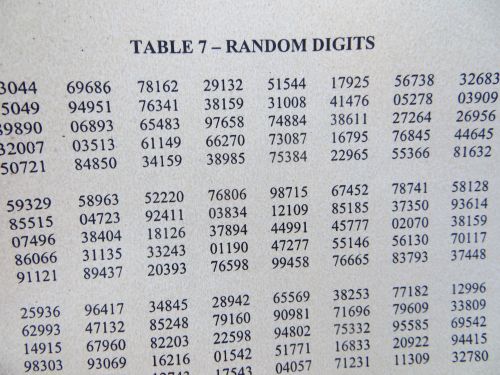
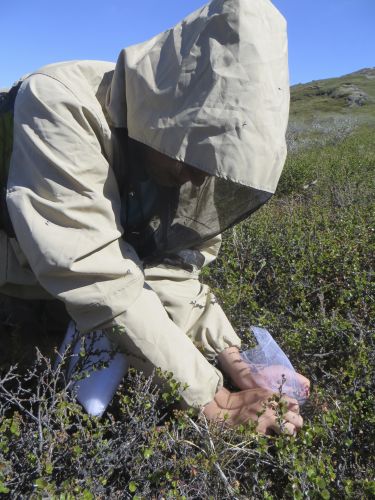
Additionally, we collected the abiotic (non-living) variables at each site which include wind speed, temperature, and aspect. Finally we determined the vegetation range by first laying the measuring tape out from the farthest points of the plot. We would then go every half meter and determine the percentage of which types of plants were present. I learned to identify lots of Greenland's plants!
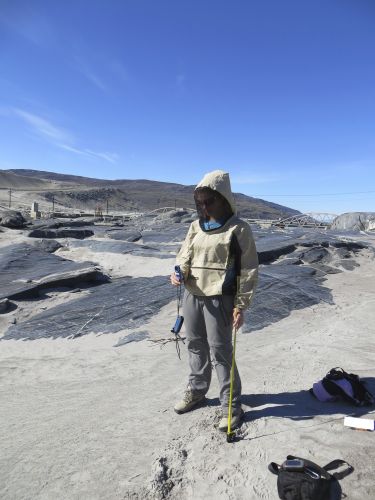
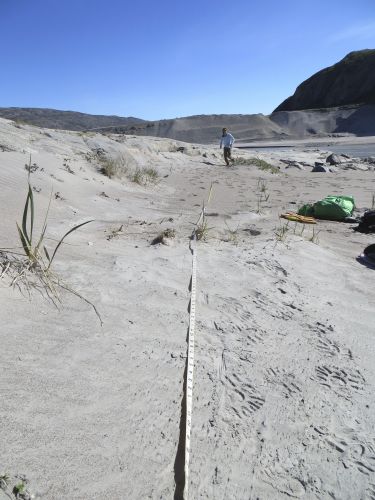
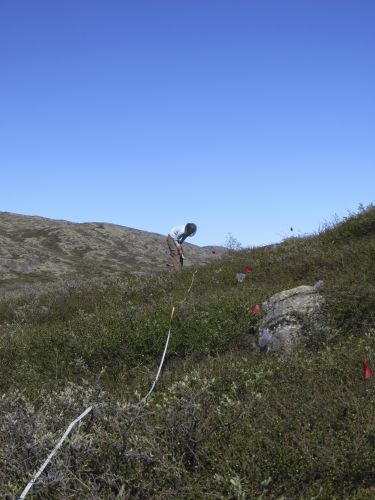
Now that we have prepared some sites the next days will be reserved for actually treating the flowers. I look forward to updating you once we start applying the treatments.
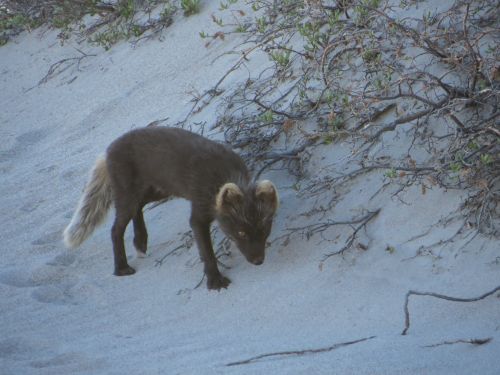

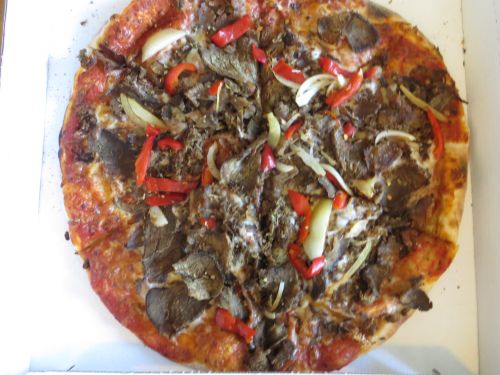
Strange fact of the day: We almost drove off the road! Well, not really, but we did find out this road is not the safest.
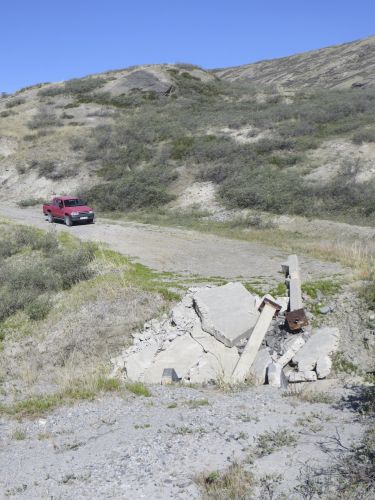
Also, Can anyone tell me what this helicopter is transferring?
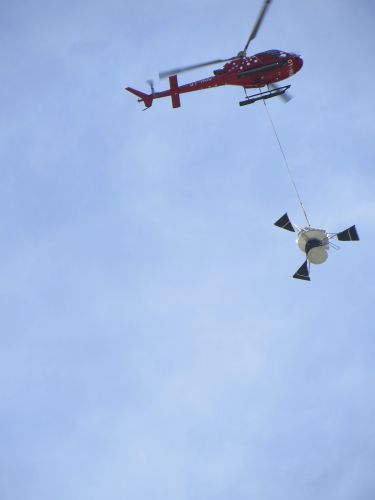


Comments